
Sugar will make you hyperactive
Apparently, our parents were wrong: We totally could have had that cake for breakfast. Alright, maybe not really, but it’s not because the cake was going to make us hyper! This “well-known fact” has been proven time and time again to be an old wives tale. Studies found that children’s behavior did not change whether they had been fed sugar or not. What did change: parent’s perception of their child’s behavior. When parents were told their children had just been given a lot of sugar, they were more likely to say their child was hyperactive, even when the sugar fix was just a placebo. This one seems more like a lie for parents than kids, but these 22 hilarious lies are directly from parents to their children.

Gum will stay in your stomach for 7 years
Nope. Not true. This probably comes from the fact that bodies don’t digest gum well. But this doesn’t mean that a pile of swallowed gum is just filling up your stomach; it just means your body hasn’t digested the gum before it passes is straight through, along with the rest of the solid food you have eaten. Because of its low nutritional components, Yale Scientific confirmed that while it does take slightly longer than other food to digest, gum will be out of your body in seven days at most. According to one study, we all lie as often as two or three times every ten minutes. Find out if people believe these weird lies.

You can’t swim for an hour after eating
Lies. The story went that the body sent blood to the stomach (and away from your limbs) while it digested food and as such, your limbs would grow tired more quickly. At best you could get cramps, and at worst, as the story goes, you could drown. Luckily for all you avid swimmers, Mayo Clinic has confirmed that there is absolutely no scientific basis for this theory. Eat whatever you want and hop right back into the water!
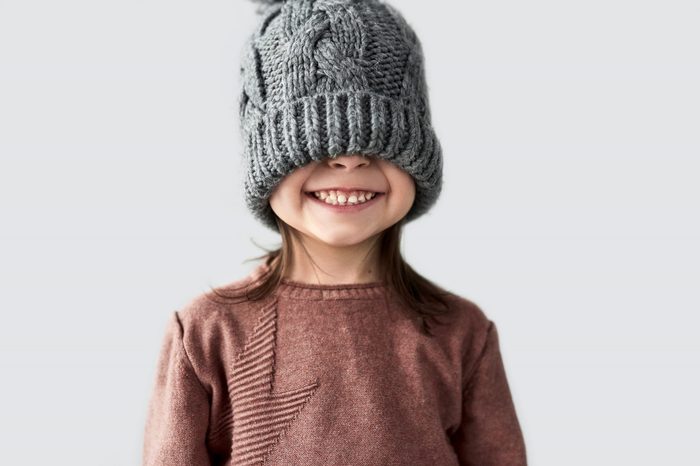
You lose more body heat through your head
This rumor is why we had to wear awful hats in the winter, but it just isn’t true. The study that this common misperception was based on had a lot of additional factors that skewed the end result, and countless follow up studies have disproven this idea over and over again. The real reason you “lose more body heat through your head”? Because in cold weather, your head is the part of you that’s most likely not covered up. So do wear a hat. But also be sure to wear pants and a jacket, and all the other warm winter things.

Your tongue has different sections for different tastes
Nope. That map we’ve all seen different variations of? Total bogus. While some individual taste buds taste certain flavors more strongly, they aren’t located only in certain areas of your mouth. The science experts at Smithsonian confirmed that this one was a lie, saying, “Indeed, results from a number of experiments indicate that all areas of the mouth containing taste buds—including several parts of the tongue, the soft palate (on the roof of your mouth) and the throat—are sensitive to all taste qualities.” At least the adults weren’t trying to lie to us… unlike when we throw out the 15 little white lies we all say almost every day.
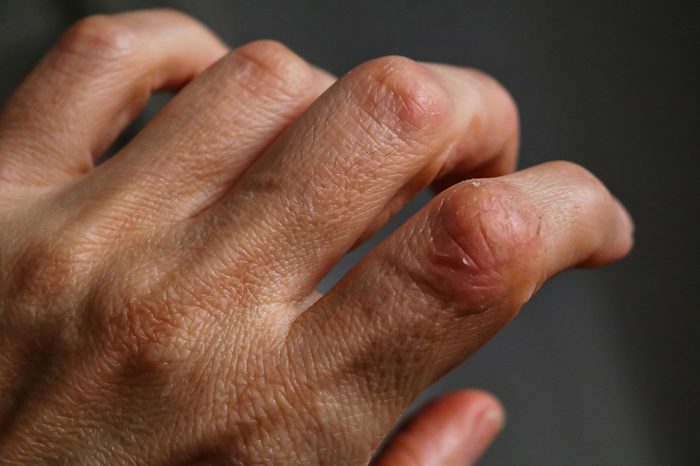
Cracking your knuckles will give you arthritis
It might gross out the people around you, but that’s about it. Experts at Harvard conducted several studies that compared arthritis rates among people who never cracked their knuckles and those who had done it habitually for years and found no raised risk of arthritis in the knuckle crackers. Of course, frequent knuckle cracking can reduce grip strength, so maybe keep the habit to a minimum anyway.

Cavemen lived in caves
To fully unpack this lie, we need to define “cavemen” a bit better. There actually isn’t such a thing as “cavemen”—it’s an old-fashioned term people use when referring to hunter-gatherers and early farmers of the Stone Age. Caves were certainly used during the Paleolithic era as burial spots. Cave walls were used for artwork and they were frequently cooked in. There is evidence that caves were used as shelters during storms, but wild animals at this time would have also been using those caves as shelter. So, sleeping and living in those caves when a hyena or bear might be hiding further inside would not have been a great plan. Stone Age families did live in camps of “bender huts,” which were huts of hazelwood bent into circles and covered in animal skins. By the end of the Stone Age, people were beginning to build larger wooden structures as halls to congregate in.

The North pole is on the North side of the planet
That’s right. You heard us. North isn’t really North. To explain this one, we’re turning to physics experts Raymond Serway and Chris Wuille. “A small bar magnet is said to have north and south poles, but it’s more accurate to say it has a ‘north-seeking’ pole and a ‘south-seeking’ pole. By these expressions we mean that if such a magnet is used as a compass, one end will ‘seek’ or point to, the geographic North Pole of earth and the other end will ‘seek’ or point to the geographic South Pole of Earth. We conclude that the geographic North Pole of earth corresponds to a magnetic south pole, and the geographic South Pole of Earth corresponds to a magnetic north pole.” Mind officially blown.

Watching TV too close to the screen will damage your eyes
Nope. You can sit as close as you’d like. In fact, according to vision experts at the Will Vision & Laser Centers, watching the TV doesn’t cause any permanent eye damage to your eye whatsoever. The blue light coming out of the screen could cause eye strain, a temporary condition, but the blue light is going to affect your eyes in the exact same amount regardless of where you sit. Do yourself a favor, and get yourself some blue light filtering glasses if you spend a lot of time looking at any screen. Just put this one down as another lie all parents tell their kids, debunked by science.
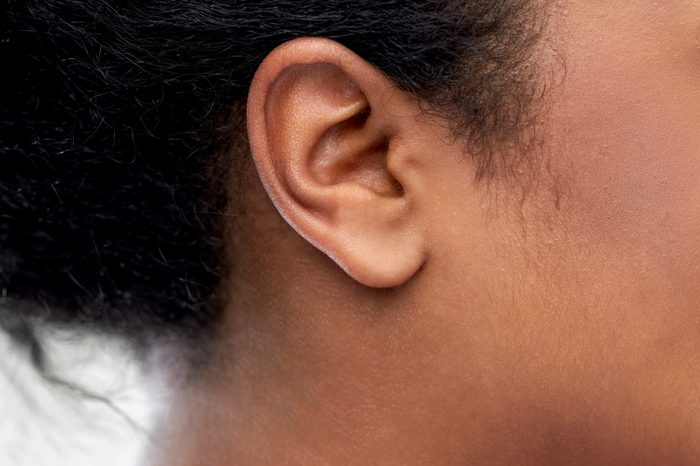
Humans have 5 senses
We all learned the sight, sound, smell, touch, taste model of senses in elementary school. This theory dates back to Aristotle, around 300 B.C. But science has advanced a bit since them. Experts still debate the exact number but most agree that humans have at least ten senses and some claim the number is as high as 22. Harvard School of Medicine, for example, sites six additional senses to the original five, including the sense of balance, the sense of pain, and the perception of time.

Eating carrots will help your vision
Only if you have a really, roundabout way of looking at things. Vitamin A does help your eyesight, and while carrots don’t have any Vitamin A in them, they do have beta-carotene which the body does convert into Vitamin A. Other foods with beta-carotene? Sweet potatoes, kale, spinach, winter squash, butternut squash, apricots, cantaloupe, and even pumpkin pie. Eggs and milk are also great sources of Vitamin A.

Don’t ever wake up sleepwalkers
If a sleepwalker isn’t in any danger, it is still probably best to let them keep sleeping, but the danger of waking them has nothing to do with their safety, it has to do with yours. It is fairly common for those sleepwalking to attack the person waking them, so if possible, the National Sleep Foundation recommends either gently turning them back in the direction of their bed, or walking near them for a while to ensure they do not get into a car to drive off while still asleep or run into something that could seriously hurt them. If you are unable to return the sleepwalker back to bed, use loud sharp noises from a distance to wake them up.

Dogs only see black and white
Not true! Dogs are not quite capable of seeing the full-color spectrum that humans can, but it isn’t just shades of gray for your favorite pups. Dogs see the colors of the world in yellows, blues, and grays. So you may be better off getting a bright yellow toy for your dog than the more common red and orange. Your dog will also have about 20 to 40 percent of human’s visual acuity, so anything you can see in the distance is going to look pretty blurry to them. But it’s not all downhill for them. Dogs see better in dimmer light and can detect any sort of movement or motion far better than we can.

You can see the Great Wall of China from space
This is sort of true, but mostly not. According to NASA, visitors to the moon can expect to catch a glimpse of the Great Wall of China… with telescopic lenses and zooming features, but certainly not with the naked eye. You can sometimes see the Great Wall in low Earth orbit, but at those heights, there are plenty of man-made structures you’ll catch a glimpse of, like the pyramids. “The only thing you can see from the moon is a beautiful sphere, mostly white, some blue, and patches of yellow, and every once in a while, some green vegetations. No man-made object is visible at this scale,” Alan Bean, an astronaut on the Apollo 12, told NASA. Add this one to the list of lies your history teacher told you.
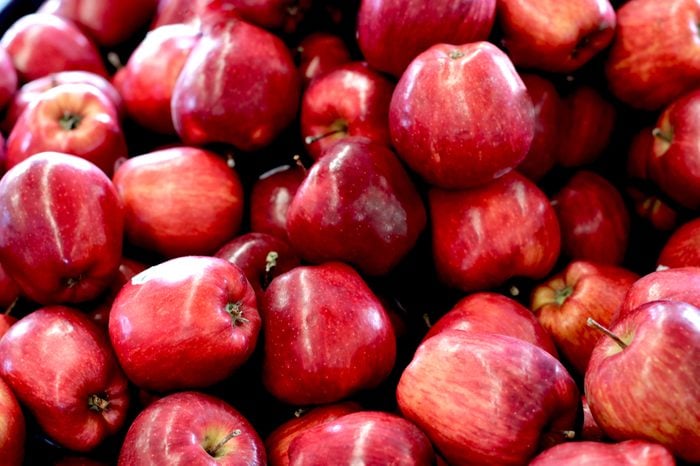
Adam and Eve ate an apple
We see it in artwork, in TV shows, and movies that the forbidden fruit Adam and Eve ate referenced in the bible was an apple, right? Not so much. It is never actually referred to as any specific fruit. Many theologists theorize that, given the other geographical landmarks referenced, the fruit was likely a pomegranate or fig.

You have to wait 24 hours before reporting a missing person
Don’t do this! Please! While a police officer or other emergency personnel might advise this in some instances—like if someone is late coming home from work, or they haven’t texted or called you back in a while—if you have reason to believe someone is in trouble, you should call the police immediately. There’s a world of difference between reports that someone coming home from a date isn’t back on time, and someone who is late coming back home from meeting up with someone who has habitually abused them or made them feel scared for their safety isn’t responding to any contact. The NYPD has confirmed: If you’re worried about someone’s safety, call the police. They can advise you on what to do next for your particular situation, and get involved if need be.

Penguins are monogamous
We’re really sorry to burst your bubble—this one makes us pretty sad too. Research shows that while many penguin species are monogamous during the mating season, they generally find a new mate each year. In addition, while many males tend to stick with their female friend for the season, female penguins are known to have up to three partners each season, and some males are chosen by up to two females. The New York Times even tested the DNA of penguins in captivity and found that 20 percent of the time, female penguins stray from their long term partners.
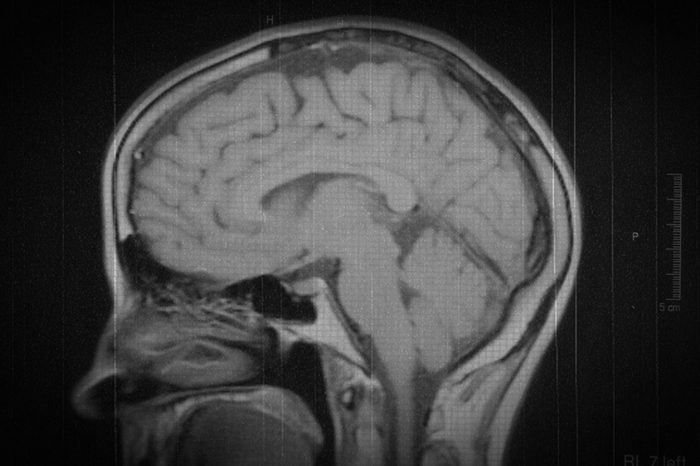
You only use 10 percent of your brain
Not all of your synapsis are firing at once (can you imagine the chaos that would cause?!) but the rest of your brain isn’t just sitting there doing nothing. Your brain is working at full capacity all the time to keep you alive. Neurologist Barry Gordon at Johns Hopkins School of Medicine said the following, “It turns out though, that we use virtually every part of the brain, and that [most of] the brain is active almost all the time.”
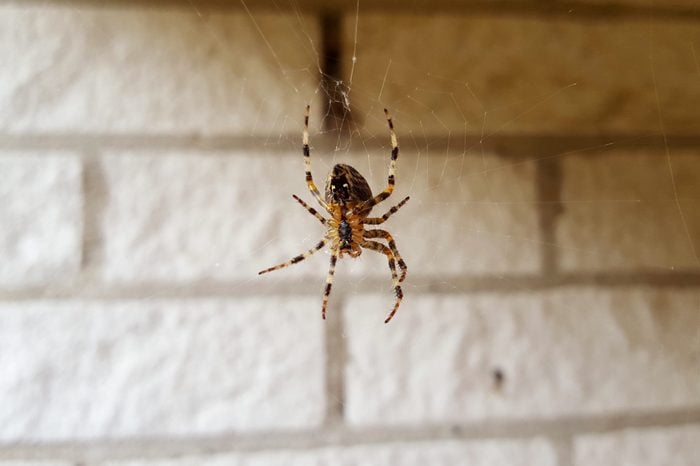
You swallow 7 spiders a year
We couldn’t be more thrilled that this turned out to be a lie! Scientific American reports that while most North American homes have three or four spiders living in them, spiders would not want to go anywhere near your bed as it offers no prey (unless you have bedbugs!) and spiders definitely wouldn’t just crawl into your mouth and wait to die. The likelihood of this happening ever in your life is virtually zero, so you can stop worrying about it!
